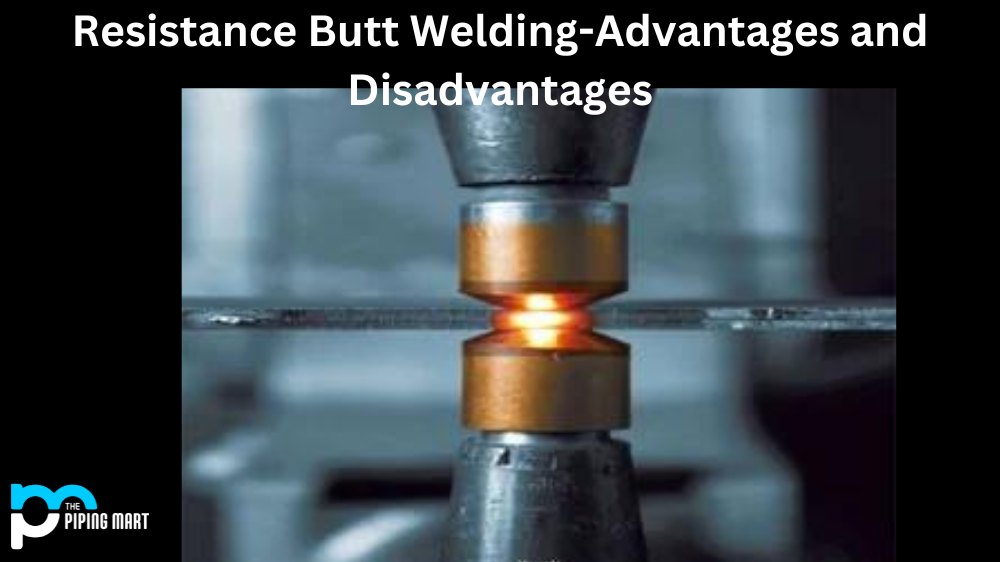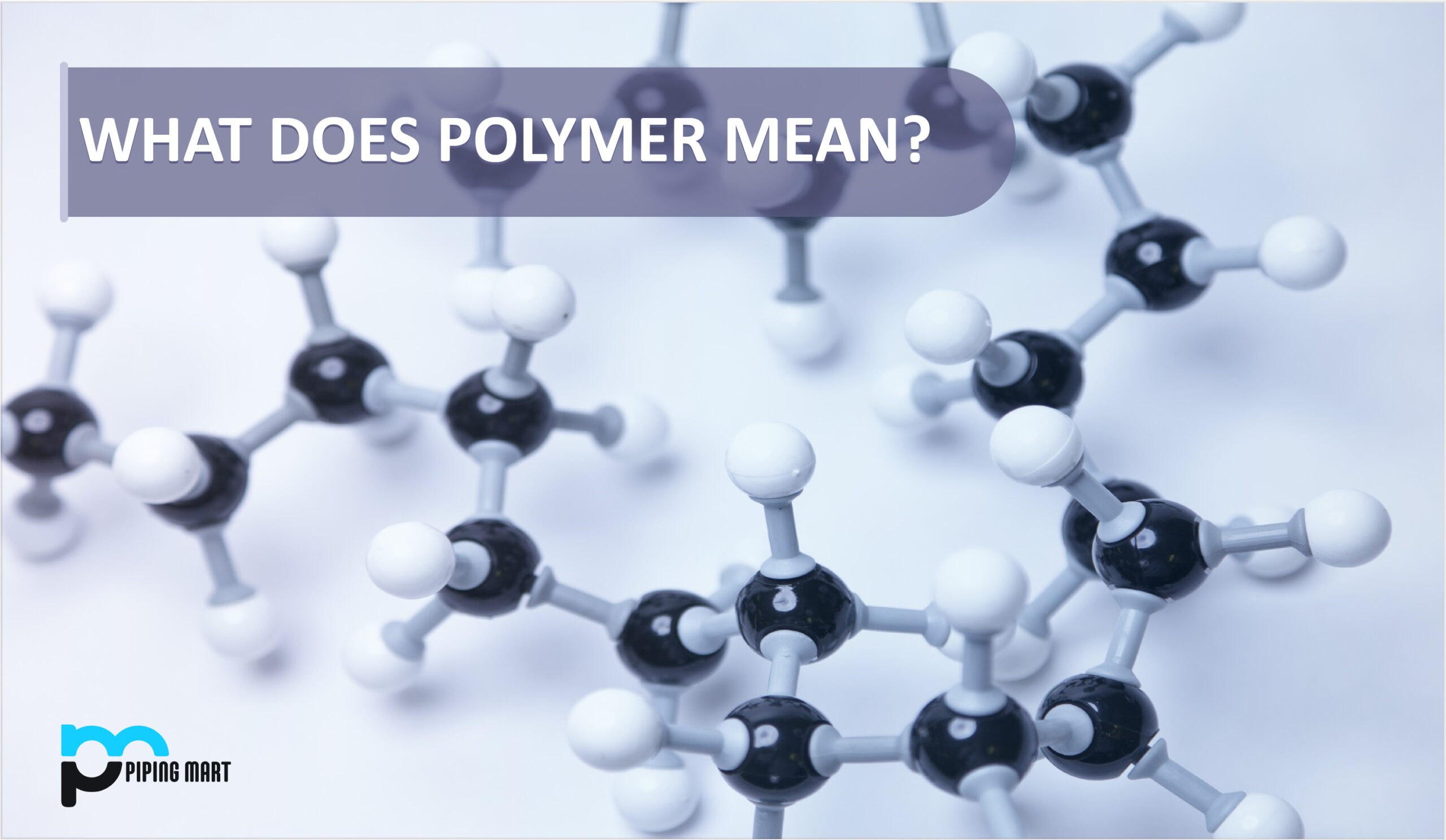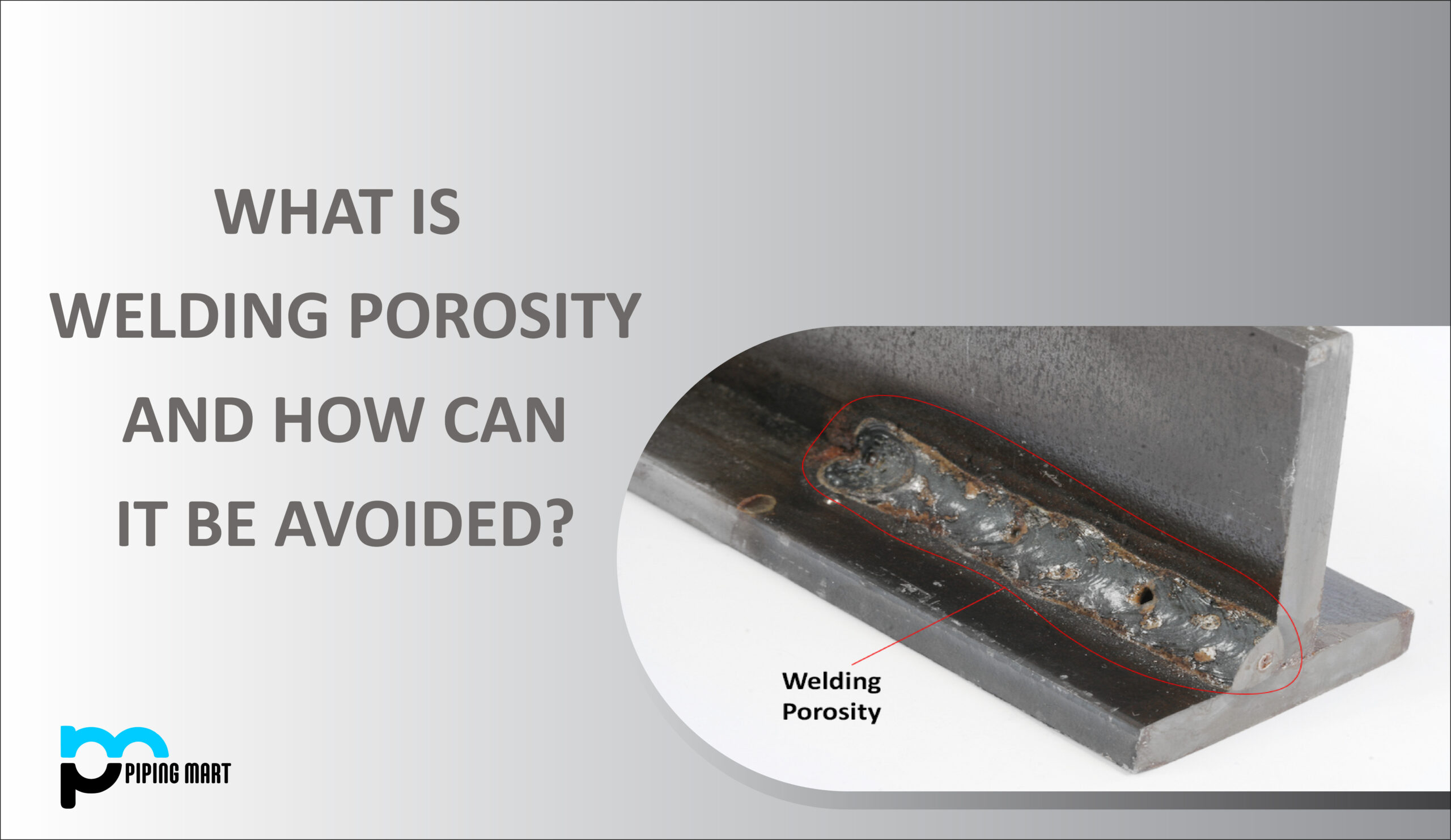Resistance butt welding is a popular joining method for materials such as metals, alloys, and thermoplastics. This technique involves using heat and pressure to join two pieces together. It is an effective way to create strong, reliable welds in various applications. However, there are both advantages and disadvantages associated with this welding process. Let’s take a closer look at the pros and cons of resistance butt welding.
Advantages of Resistance Butt Welding
The first advantage of resistance butt welding is that it can be used on many different materials, including metals, alloys, and thermoplastics. This makes it an incredibly versatile process used in various applications. Additionally, the welds created with this process are very strong and reliable due to the high temperatures used during the process. Furthermore, resistance butt welding requires less preparation than other joining methods since no additional filler material is required for the welds.
Another major advantage of this process is its cost-effectiveness. Since it does not require additional filler material or expensive equipment, it can be done quickly and easily without breaking the bank. Plus, because no fluxes or gases are involved, it is much safer than other welding processes, which use hazardous substances like acetylene or propane gas. Finally, since this process relies on pressure rather than current to make the welds, it doesn’t require any electricity or specialized equipment, making it ideal for remote locations or areas without access to power.
Increased Productivity
Resistance butt welding is a process capable of quickly joining two pieces of metal together. This can help to increase productivity as it reduces the amount of time that is needed to complete a welding project.
Reduced Cost
Another advantage of resistance butt welding is that it can help to reduce costs. This is because the process is very efficient and does not require using any filler materials. Additionally, resistance butt welding can be used to weld metals of different thicknesses, which can further help to reduce costs.
Improved Quality
In addition to being more efficient and less expensive, resistance butt welding produces a higher-quality weld. This is because the process creates a stronger bond between the two pieces of metal than other welding processes. Additionally, resistance butt welding minimizes the heat applied to the metal, which helps prevent warping and other damage.
Greater Versatility
Another advantage of resistance butt welding is its very versatile process. This means it can weld various metals, including aluminium, stainless steel, and carbon steel. Additionally, resistance butt welding can be used on metals of different thicknesses, making them suitable for various applications
Increased Safety
Finally, resistance butt welding is a safer process than other types of welding because it does not create any sparks or flames. This makes it an ideal choice for projects that need to be completed close to flammable materials or areas with a fire risk.
Disadvantages of Resistance Butt Welding
Despite its many advantages, some drawbacks associated with resistance butt welding should be considered before deciding if this method suits your application. The most significant disadvantage is that this method produces only limited penetration depth since the heat generated by this process cannot penetrate very far into thick materials such as steel plates or bars. Additionally, resistance butt welding requires two clean surfaces to be joined together in order for successful welds; any dirt or corrosion present on one side may cause weak spots in the joint, which could lead to failure over time. Finally, since this method uses high temperatures to fuse pieces, there may be some discolouration around the edges due to oxidation caused by exposure to heat over extended periods.
- Resistance butt welding is a slower process than other welding methods.
- It can be difficult to achieve consistent results with resistance butt welding, as the process is sensitive to factors such as temperature and pressure.
- Resistance butt welding often produces welds that are not as strong as those produced by other methods.
- The equipment required for resistance butt welding can be expensive.
- Resistance butt welding is not well suited for welding thin materials.
Conclusion:
In conclusion, resistance butt welding has advantages and disadvantages that any potential user should consider before deciding if it would best suit their application needs. While it has some limitations—such as limited penetration depth—it also has several benefits, such as cost-effectiveness and versatility when working with different materials, that make it a great option for many projects requiring strong, reliable welds without too much hassle or expense involved in producing them! For those interested in learning more about using resistance butt welding for their projects, we recommend consulting experienced professionals who can provide advice tailored specifically to your situation so you can make an informed decision about which joining method would work best for you!

A passionate metal industry expert and blogger. With over 5 years of experience in the field, Palak brings a wealth of knowledge and insight to her writing. Whether discussing the latest trends in the metal industry or sharing tips, she is dedicated to helping others succeed in the metal industry.




